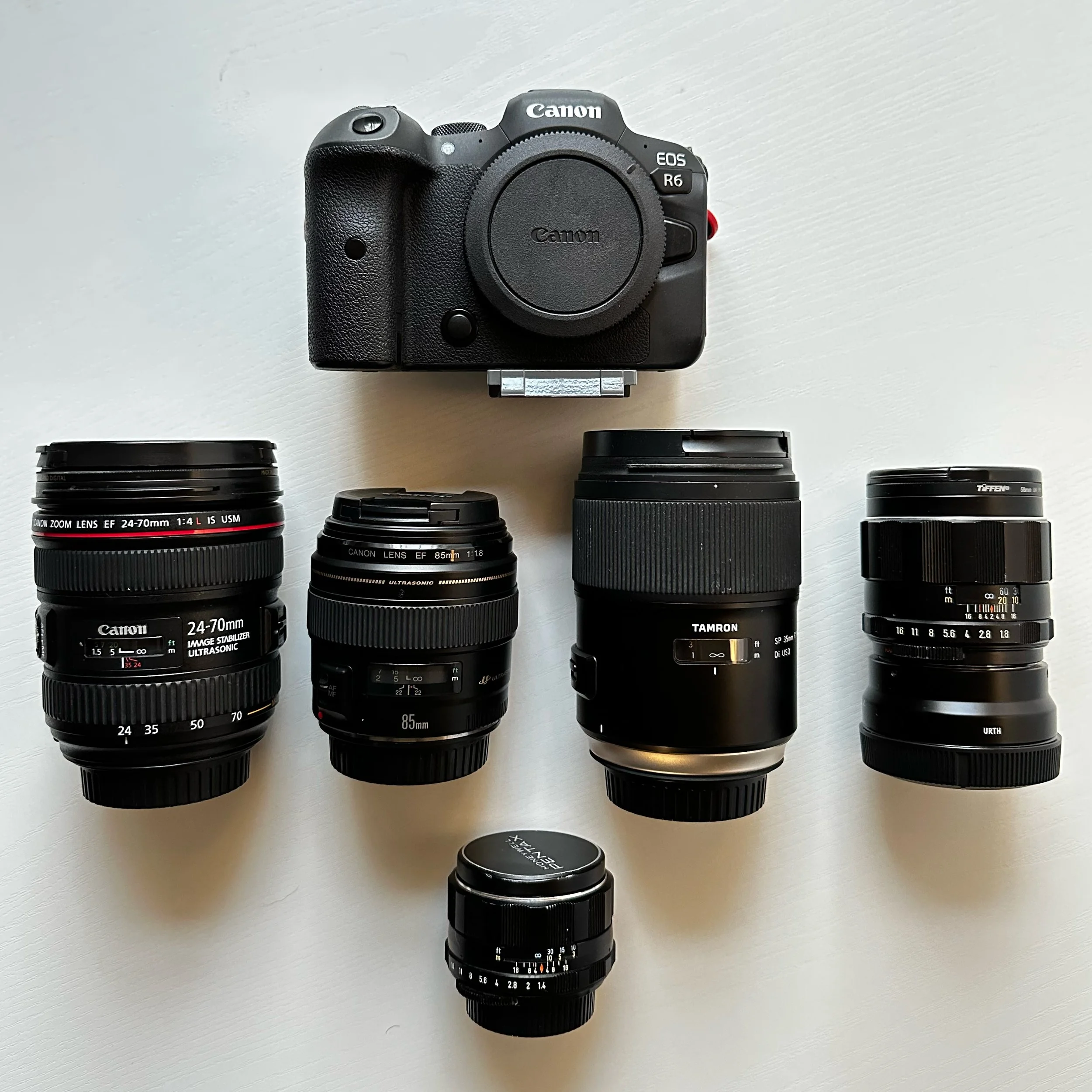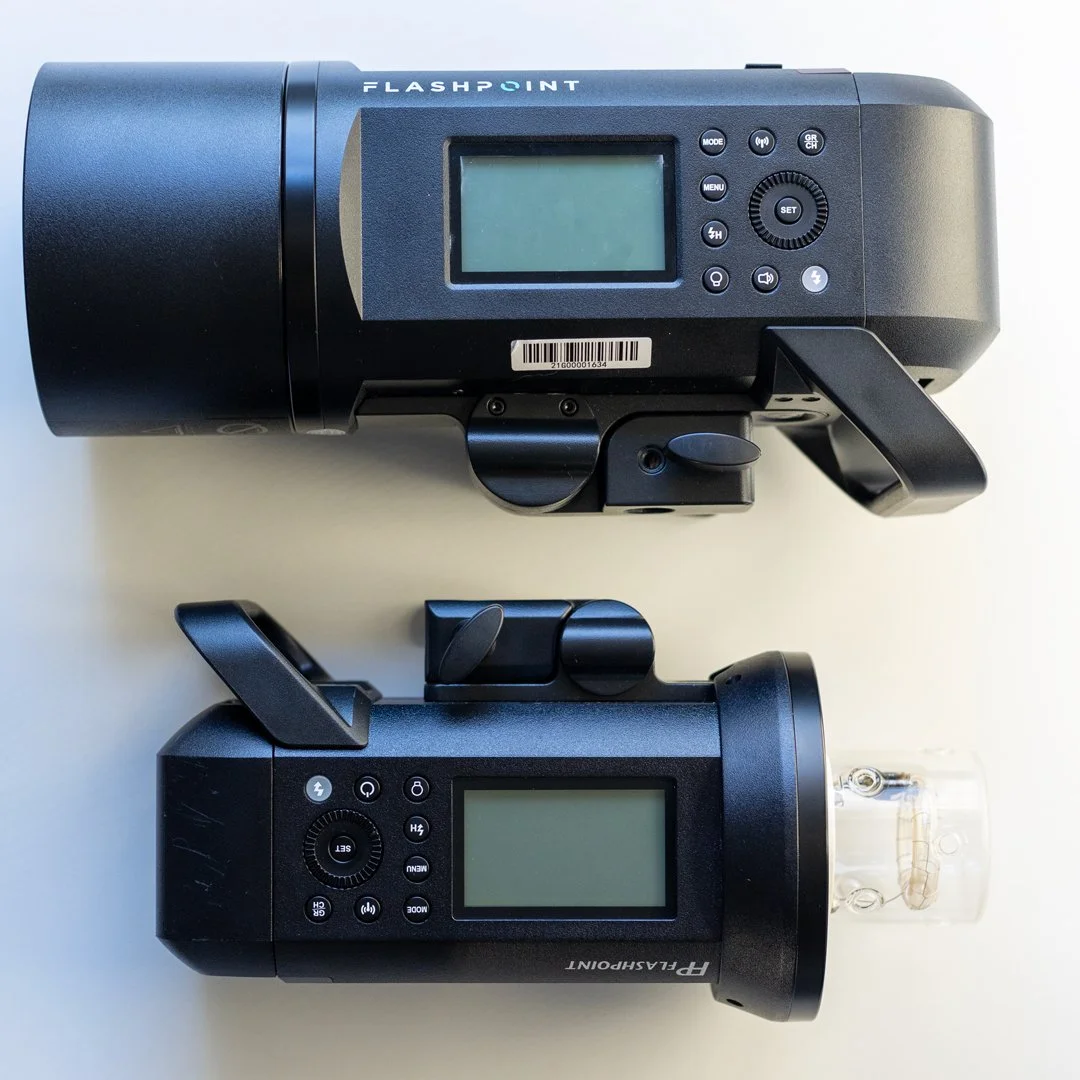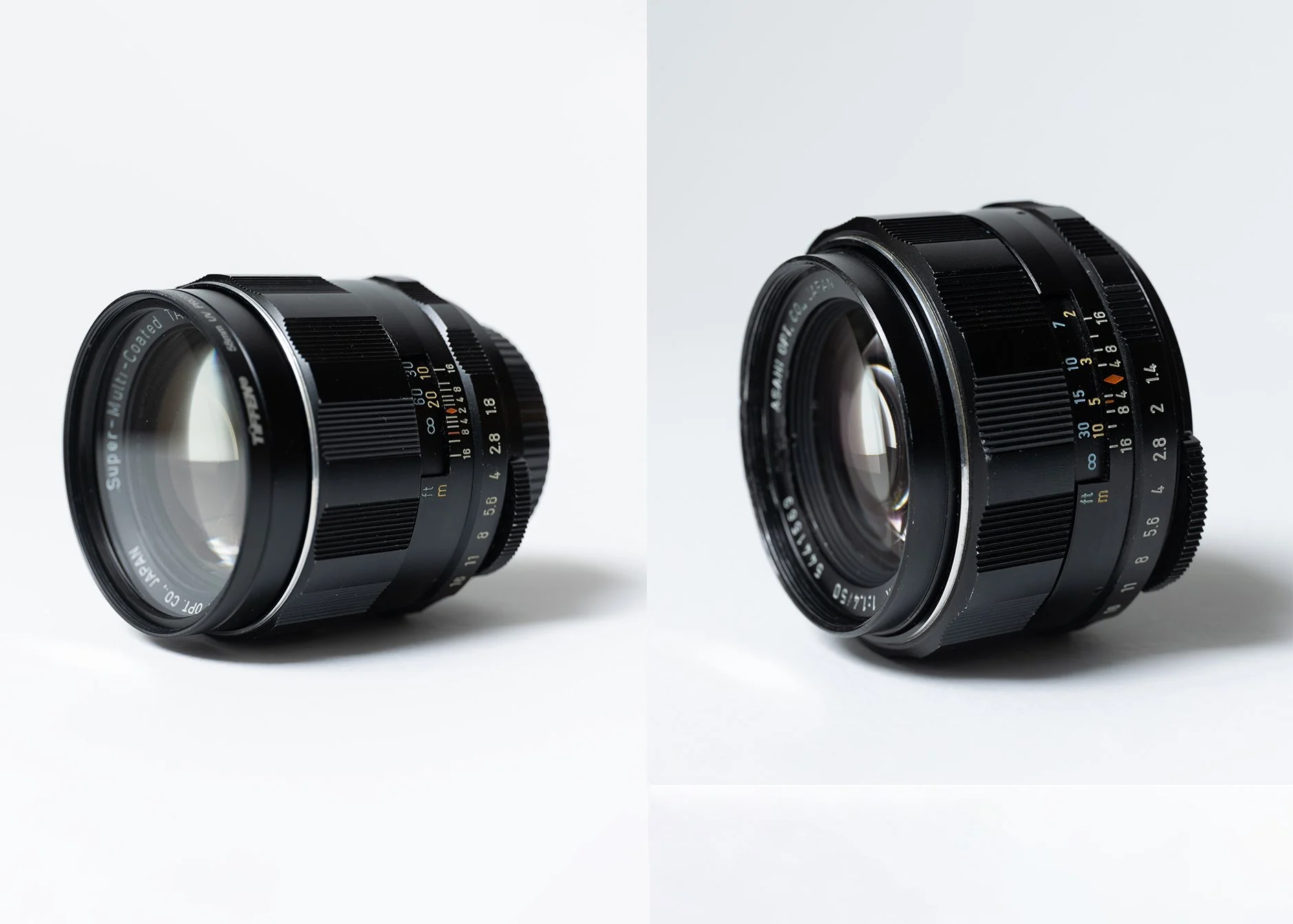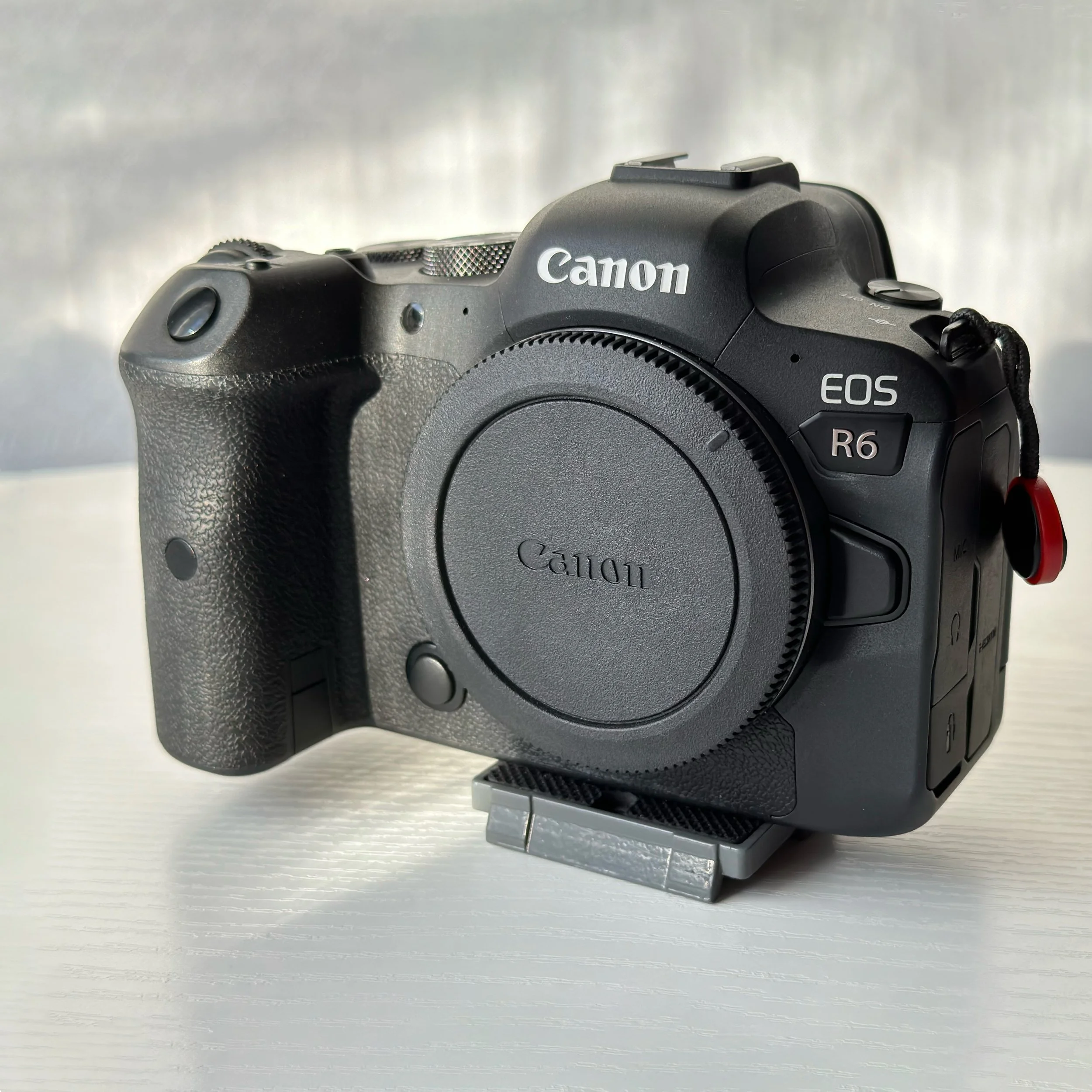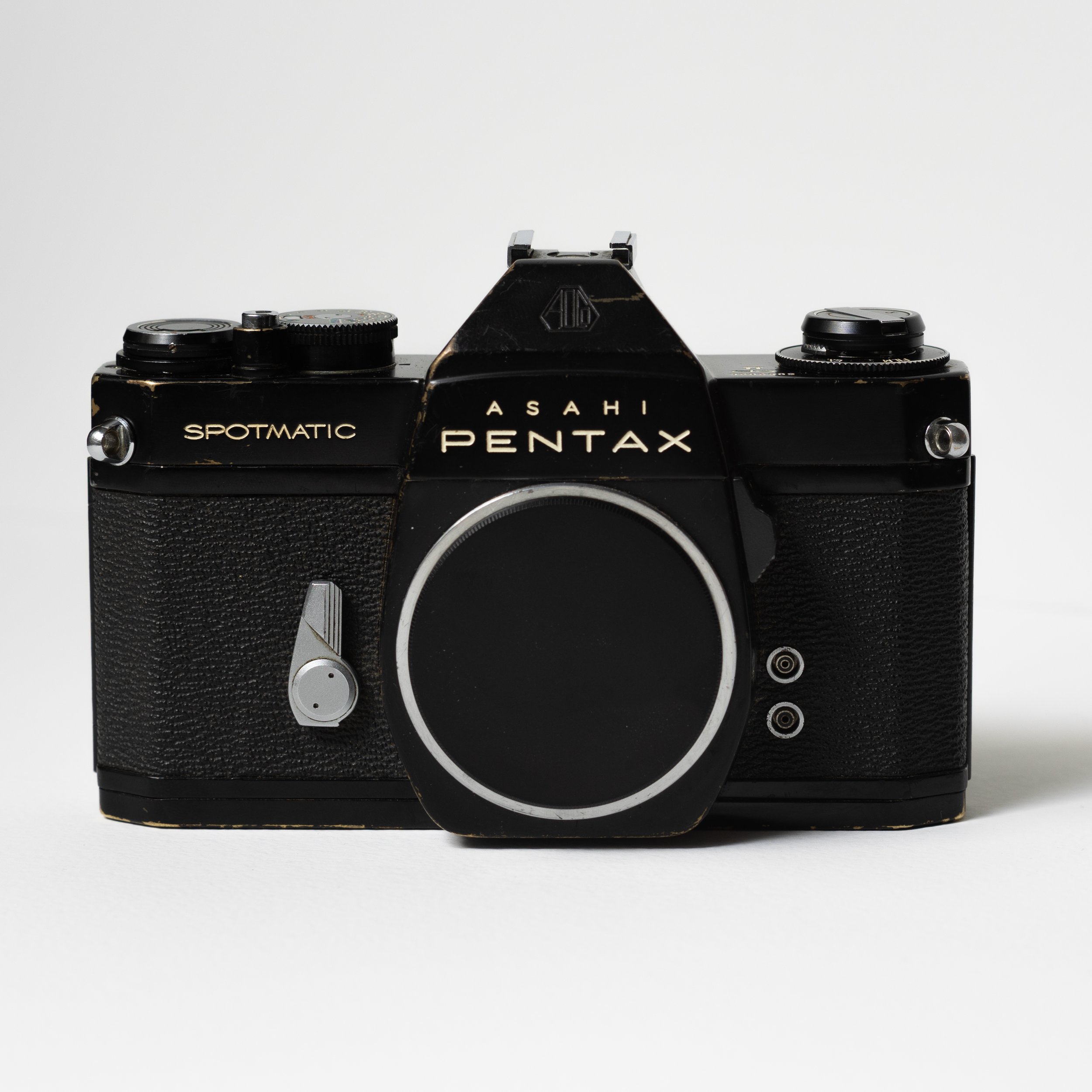The Gear I Use
“The best camera is the one that is with you” - Chase Jarvis
The point of this post is not to focus on fancy gear, but instead detail what I use to create. We live in a time of the “iPhone Photographer” and I have been asked multiple times what equipment I use to create. This post is intended to show you what I use to create art through the medium of photography while also sharing some of the lessons I learned along the way for other photographers. A lot of people can buy expensive gear with the click of a button, it’s how you use the gear that makes the difference.
Buy Used:
It’s okay to buy used gear, almost everything I have has been pre-owned or refurbished. I have saved thousands of dollars through the years buying second hand and while it can sometimes be risky I have had good luck by doing a lot of research before making a purchase. Every time someone interested in photography asks “what should I get” I tell them to start with used glass then find a camera to match it.
Camera Gear (All used)
The Lighting:
I am starting this blog post with light as the first subject because second to the subject of a photo, light is the most important part of an image. Having great light will make even the oldest camera and lens combinations look perfect. I wish I would have started with purchasing lights and light modifiers before the rest of my equipment. Often we are told to start with a camera and go from there, that concept is completely wrong. I love shooting natural light and find it far superior to artificial light. Given the choice I would always work with natural light but I am often limited with the time I have available to shoot and the weather during the day of the shoot. Artificial light allows me to deliver quality images in a variety of locations and lighting conditions. I chose to go with battery operated strobes because of their high power output and ability to go outdoors away from a power source. I bought both my lights used and have been very impressed with their performance. I use three main modifiers at the moment, a large soft-box, a small beauty dish, and a strip box. Each modifier has it’s own grid that I use to control the light.
Flashpoint Pro
The Glass:
The glass is the next most important part of a kit. You can have the greatest camera on earth but without good glass your photos will not turn out. I wish I would have known just how important this was when I first started with photography. While glass is one of the most important items a photographer can own it does not mean that you have to spend a fortune to get it. I was blown away when I saw the new prices for the Canon RF glass and knew I would have to figure something else out. One good thing about the new RF line is that we are able to adapt the older Canon EF lenses to the new RF platform. It wasn’t long before I learned that I could adapt older vintage lenses to the new RF platform, since I learned about this new trick I have been experimenting with 1960s, 1970s and 1980s glass and have loved some of the results. My favorite lens at the moment is the Takumar 50mm F1.4 lens and the Takumar 85mm f1.8. Both lenses are old but deliver amazing results for their inexpensive price.
Left: Takumar SMC 85mm F1.8 Right: Takumar SMC 50mm F1.4
Urth M42 to Canon RF lens adapter
The Camera:
I started photography with a $20 used Canon film camera. I used an off brand zoom lens and mad the best of what I had. I wish I would have known at the time that if I would have invested just a little bit of money into glass my photos would have looked completely different. I owned a few digital cameras when they were relatively new for SLRs and stuck with the Canon 7D for years. The camera performed well and I didn’t have a need to upgrade it. One thing that frustrated me about the camera was that it was a cropped sensor, changing the focal length of my lenses. I have been due for an upgrade and chose to go with the Canon mirrorless system. I love the Canon R6 and find it to be a professional middle grade camera that performs well. What I like most about the camera is it’s ability to integrate with vintage lenses. I have had a lot of fun paring the camera with old and new glass to fit the mood of the shoot.
Canon R6 Camera
Pentax Spotmatic II 35 MM Film Camera
Whats next.
While I love flash photography I have been wanting to work with continuous lighting. Continuous lighting would also allow me to experiment with video. I have been eyeing a few brands that have battery operated lights that would fit all of the lighting modifiers that I currently have and allow me to overpower ambient light in a variety of locations.
I would like to continue to experiment with glass. I may use lens rental sites to figure out what glass I would like to invest in the future.
There has been one film camera that I have ben eyeing since I sold it in high school, the Hasselblad 500CM. This camera is large, heavy and slow but it still has an amazing look and style that can not be replicated. I still regret selling my old camera and look forward to purchasing one in the future.
